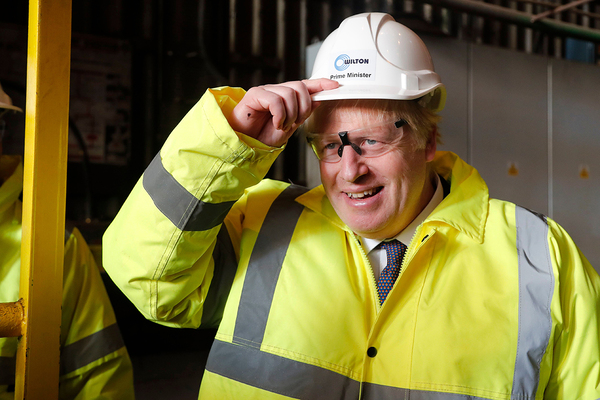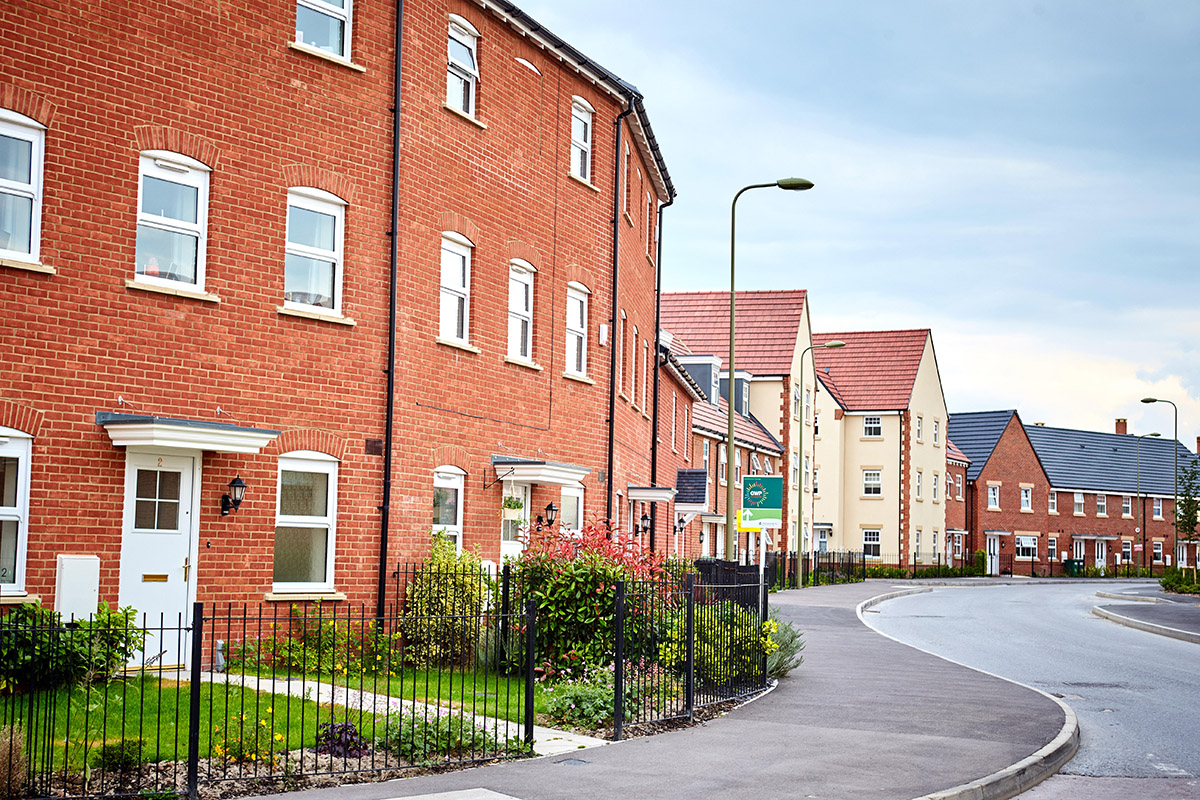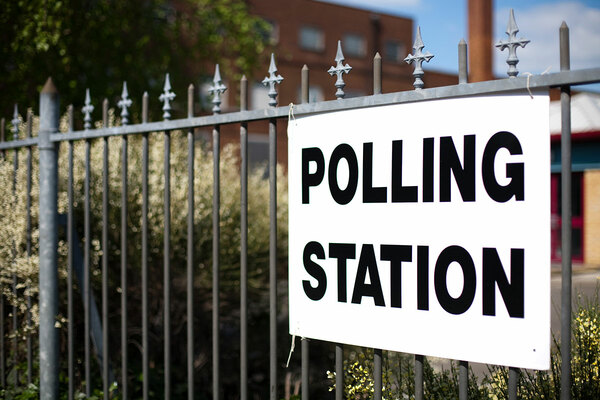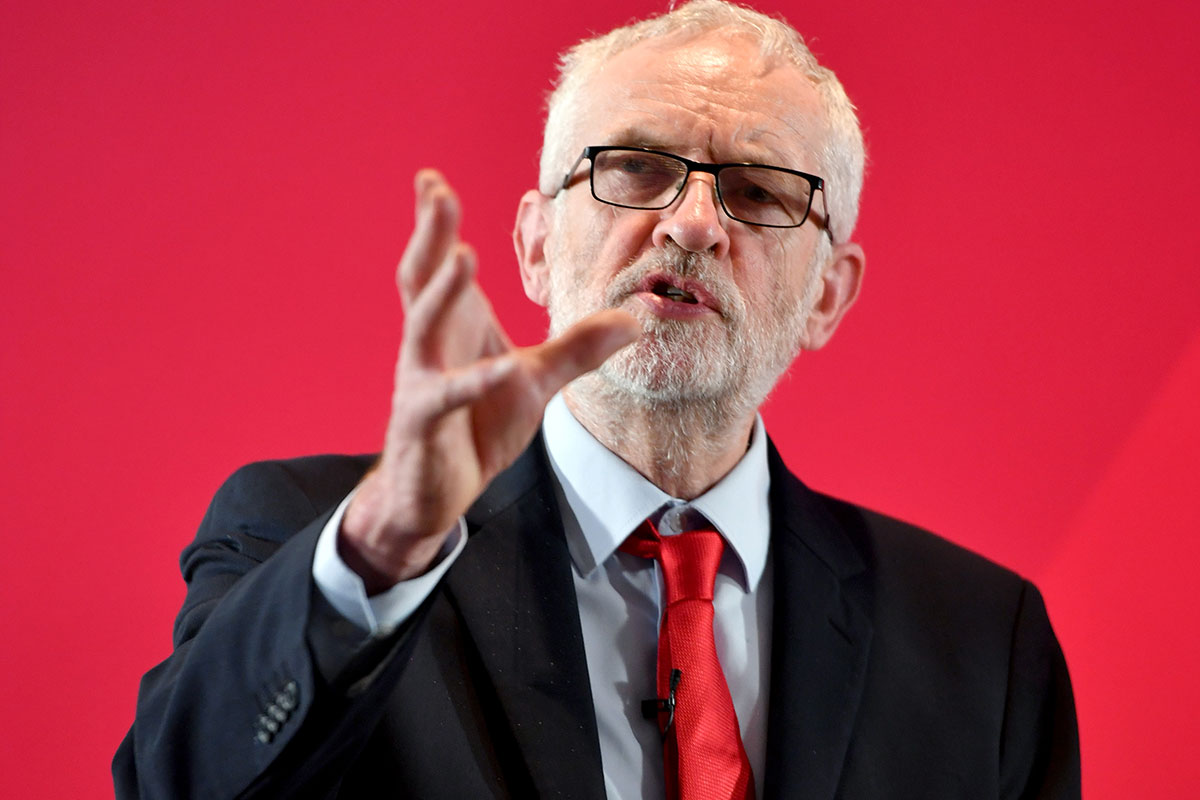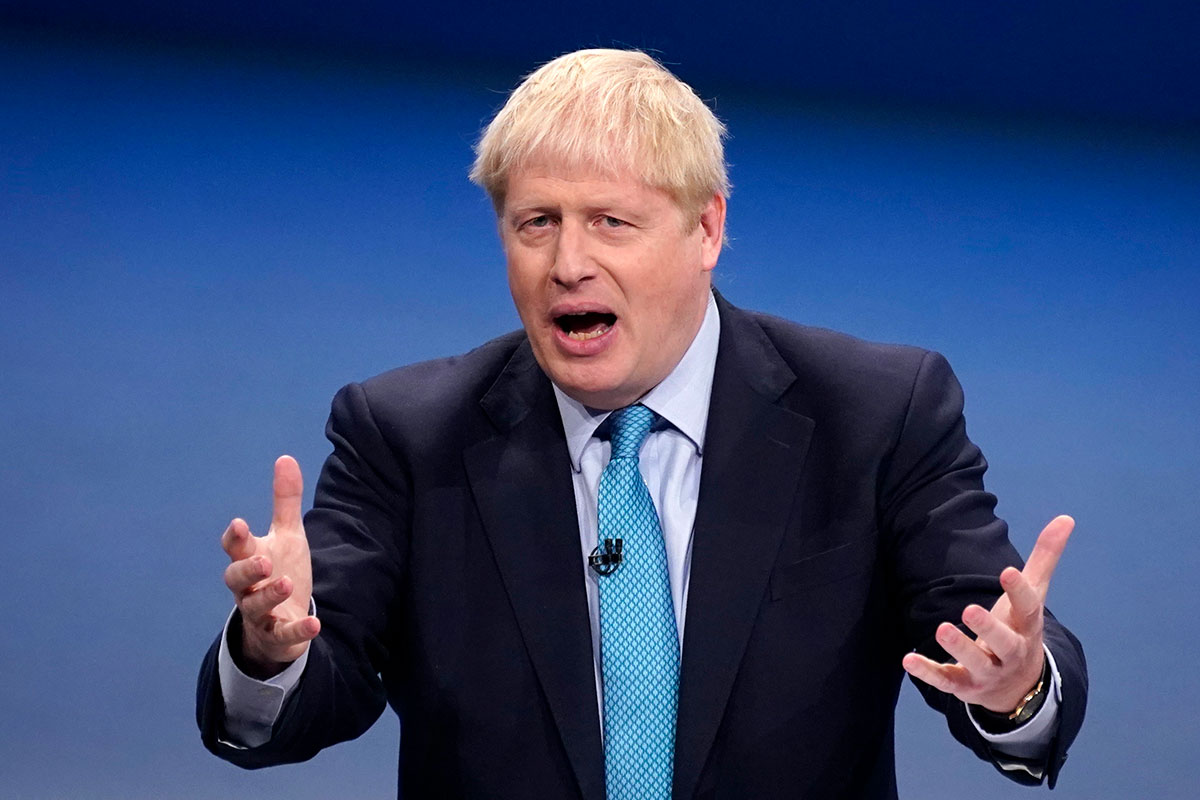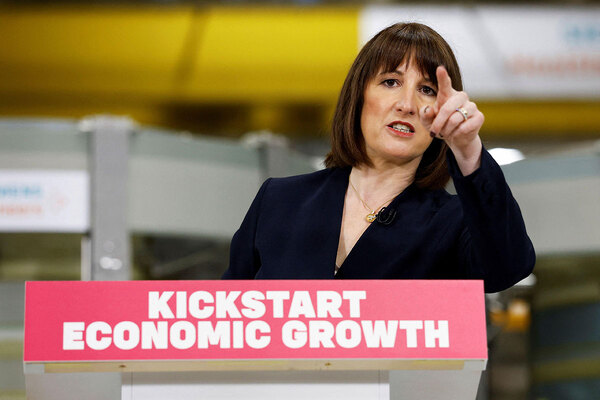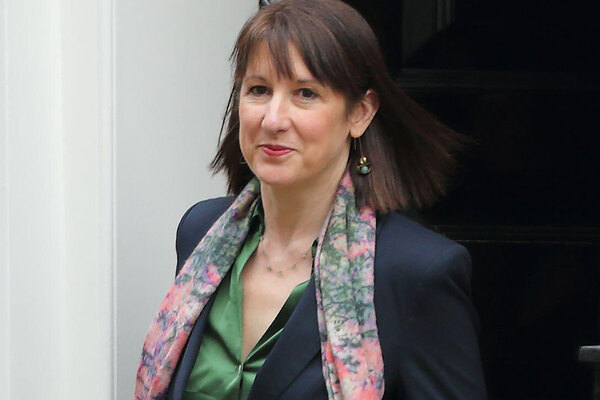You are viewing 1 of your 1 free articles
General election manifestos: the housing pledges
The past week has seen the country’s major parties release their manifestos, which includes a number of housing giveaways. Inside Housing runs through the parties’ housing promises ahead of the election. Photography by Getty and Rex Features
It has been a big week for housing in the race to become the next government.
Over the past week we have seen all the major parties unveil their manifestos, with housing promises being seen as major vote-winners by the Conservatives, Labour and the Liberal Democrats.
From Labour’s pledge to invest £75bn in housing over the next five years, to the Conservatives’ series of giveaways to try to boost homeownership, housing policy is set to significantly change no matter which party comes out victorious on 12 December.
The Inside Housing news team has scoured each party’s manifesto to pick out the most important points for the housing sector.
Labour
Labour has gone big with its housing promises. The party is pledging to spend £75bn on building 150,000 new social homes a year within five years.
Tenure type
In a move that will be warmly welcomed by some and met with scepticism by others, Labour says it wants 100,000 of the above-mentioned homes to be for social rent and delivered by councils. That is a monumental increase from the 3,951 homes for all affordable tenures started by councils in 2018/19.
It intends to scrap the Right to Buy, as well as give local authorities “the powers and funding” to buy back homes sold through the policy and owned by private landlords.
The party would reform Help to Buy “to focus on first-time buyers on ordinary incomes” and introduce a new income-linked discount homeownership product.
Homelessness
As in 2017, Labour has promised to end rough sleeping in five years if elected – but it has also doubled a commitment made then to make 4,000 homes available for rough sleepers.
In addition, it would provide an extra £1bn a year for council homelessness services while pledging to tackle “the root causes” of the problem. That means measures such as hiking Local Housing Allowance rates to better reflect private rent levels.
Private rented sector
Like the Conservatives, Labour has promised to bring in open-ended tenancies for private renters and end so-called ‘no-fault’ evictions.
However, its interventions in the market would go much further: it also wants to cap rents at inflation and give cities additional rent control powers. It also plans to introduce property MOTs and a nationwide landlord licensing scheme.
New “renters’ unions” across the country will be funded, while landlords will be prevented from refusing tenancies for people on housing benefit.
The Residential Landlords Association has claimed that the plans would “threaten to close down the private rented sector”.
Building safety
The manifesto commits to establishing an “implementation taskforce” to bring into effect recommendations from the Grenfell Inquiry “urgently” and promises to “enforce the replacement of dangerous Grenfell-style cladding” on high rises.
Unlike the Conservatives’ plan to introduce a new regulator, it suggests that fire services should be responsible for policing standards.
Labour leader Jeremy Corbyn has also promised to establish a £1bn fire safety fund to fit sprinklers and other safety measures in all social housing tower blocks, in addition to giving tenants “a stronger say in the management of their homes”.
Liberal Democrats
The Liberal Democrats’ manifesto is packed with housing pledges. They want to build 300,000 homes a year with 100,000 for social rent, funded from a £130bn capital infrastructure budget. Cynics will point out that this money would need to work very hard, as it would also cover transport, schools, hospitals and broadband.
Among the party’s other eye-catching housing policies are a promise to introduce a new ‘rent to own’ model for social housing, whereby tenants gain increasing levels of equity through renting.
Like her competitors, party leader Jo Swinson has committed to ending rough sleeping by 2025. Similarly to Labour, the Liberal Democrats would impose private rent caps – while legislating for longer-term tenancies.
Perhaps most stretching are its green targets, with a commitment to ensure that all new homes are built to zero-carbon standards by 2021 and the tougher Passivhaus Standard by 2025, plus free retrofits for low-income households.
Conservatives
The Conservatives have a number of housing giveaways and aim to build one million homes a year by 2025 and 300,000 a year by the mid-2020s.
Tenure type
If Boris Johnson’s government’s short time in office so far had indicated that homeownership would be a key part of the Tories’ housing policies, the manifesto has shown that is likely to continue.
The closest the manifesto comes to committing to building social homes is a pledge that there would be a million “homes of all tenures”. It does add that it would renew the Affordable Homes Programme.
However, there are a number of giveaways for those looking to get on the housing ladder. Most significant for housing associations is the commitment to extend the Voluntary Right to Buy pilot scheme currently taking place in the Midlands to new areas. Despite low take-up so far in the region, this is seen as a vote-winner.
New long-term fixed mortgages with deposits of only 5% when buying would also be introduced to encourage homebuying, while developer contributions would be used to discount homes by up to a third for local purchasers. Help to Buy would also be extended to 2023 under a Conservative government.
Significantly, though, shared ownership Right to Buy, the policy that greeted with mixed responses by the sector when put forward in October, does not get a mention. A pledge to simplify shared ownership has survived.
Homelessness
The party’s overall commitment would be to “end the blight of homelessness” by the end of the next parliament. This is quicker than its previous target date of 2027. At the heart of this would be fully enforcing the Homelessness Reduction Act, the legislation that came in last year putting duties on councils to prevent and relieve homelessness.
It also vows to extend homelessness initiatives such as the Rough Sleeping Initiative and Housing First, the policy that sees rough sleepers housed before they access other support services.
Private rented sector
Significantly, Mr Johnson’s party will maintain Theresa May’s plan of scrapping Section 21 and ending no-fault evictions.
It was widely trailed that the plan put forward by the former prime minister in May could be ditched in the manifesto. However, repealing Section 21 while speeding up the process for landlords to reclaim properties when necessary through the courts will make up a key part of the Conservatives’ housing policy if they are elected.
Another eye-catching offer for private renters is the introduction of a lifetime rental deposit, which can be easily transferred from one landlord to another when moving home.
Building safety
The manifesto does mention building safety but the majority of what is written looks at what the Conservative Party has already done while in power, such as implementing the Hackitt Review.
There are no concrete commitments to fund cladding remediation and other safety measures in high-rise buildings.
However, the party does pledge in its manifesto to continue to work with the industry to ensure that every home is safe and secure, support residents and continue with its “rigorous” materials testing programme.

